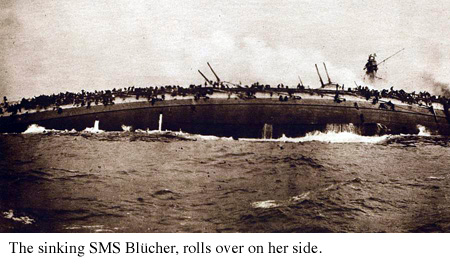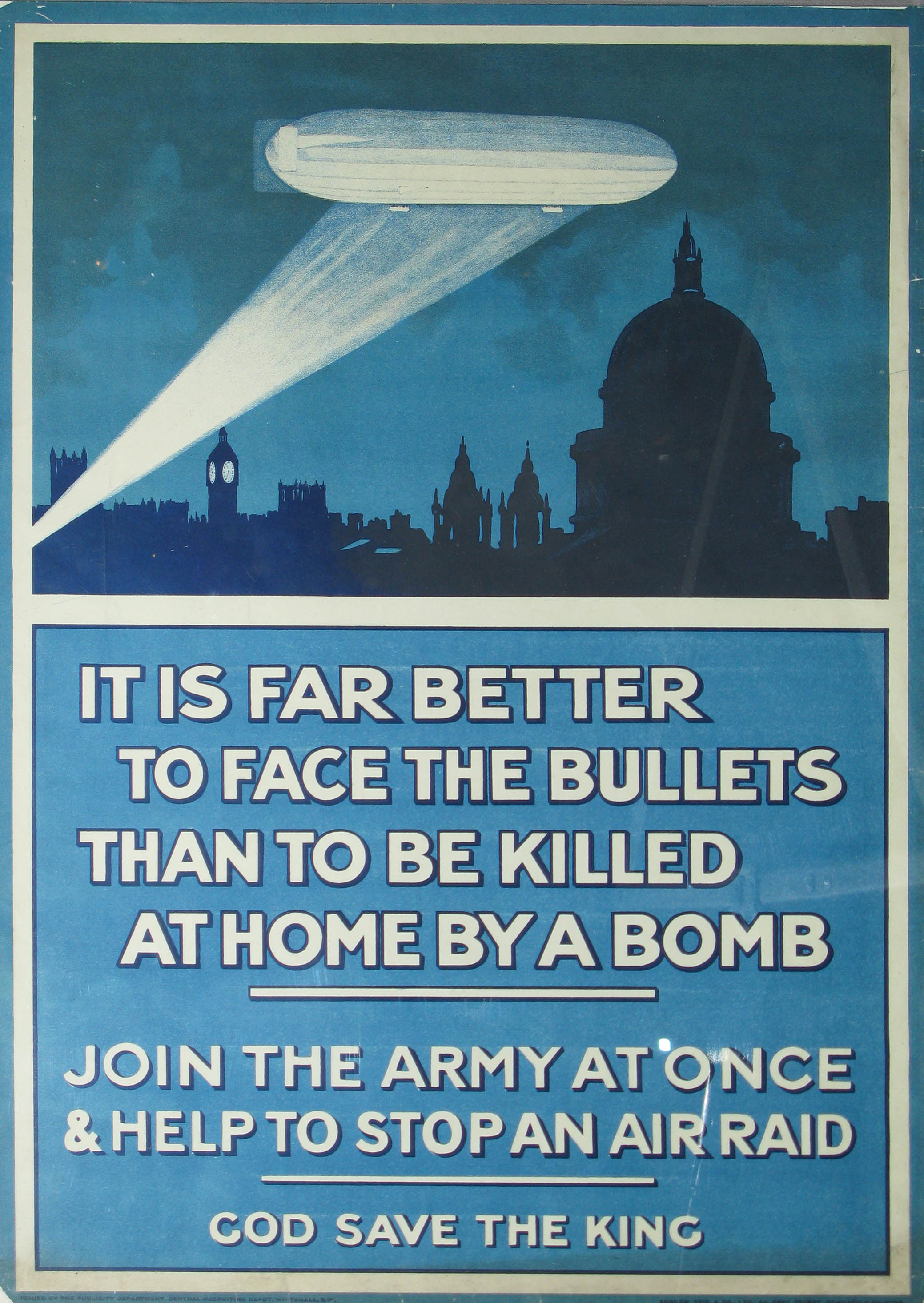Isaac Rosenberg
Isaac Rosenberg was born in Bristol on 25th November 1890, the oldest son and second child of Jewish-Lithuanian immigrants, Dovber and Hacha Rosenberg. Isaac’s twin brother died at birth, making his mother rather protective of him, especially given his poor health and diminutive stature. Dovber and Hacha changed their christian names to Barnet and Anne; the former working as a drapery dealer, although theirs was an impoverished life and the couple had a hostile relationship. This, however, did not prevent the births of four more children by 1899.
In 1897, the family moved to Stepney in London’s East End, where they joined a close Jewish community. Isaac’s artistic nature soon became apparent and his parents did everything they could to assist and encourage their son. He initially attended local Board Schools, but also took additional art classes at the Stepney Green Art School.
At fourteen, Rosenberg left school and was apprenticed as an engraver to Carl Hentschel’s in Fleet Street. This was not really what Rosenberg wanted to do, and he quickly became demoralised, although he kept this position until 1911, realising that his parents needed him to make a financial contribution to the household. In the meantime, to satisfy his craving for literature, Rosenberg joined The Whitechapel Group, which was an assembly of aspiring writers. He also enrolled at the Birkbeck Institute, where he met Paul Nash and concentrated mainly on life drawings, which greatly impressed his tutors.
Having left Hentschel’s in 1911, Rosenberg intended pursuing a career as an artist, but soon found that talent and ambition were not sufficient qualities to guarantee fee paying work. However, his luck changed later that year when three wealthy Jewish benefactors decided to sponsor his tuition at the Slade School of Art.
Although Rosenberg enjoyed his time at the Slade, he found it difficult to make friends and sought solace in poetry, some of which he sent to Laurence Binyon, who gave him enthusiastic encouragement. In 1913, Rosenberg was also introduced to Edward Marsh, who promoted several young poets and the two men would correspond regularly for the remainder of Rosenberg’s life.
When Rosenberg left the Slade in 1914, his health had deteriorated significantly, so he decided to visit his newly married sister, Minnie, in South Africa, where he remained until May 1915. Upon his return to England, Rosenberg still felt no burning urgency to enlist and, in fact only really did so in October 1915, because there was more financial stability to be gained in the army. He initially tried to enlist in the Royal Army Medical Corps, but his health and general physique were considered too poor, so he was sent to a regiment of “Bantams”, formed specifically for men under 5’3″ tall. He served at first with the 12th Suffolk Regiment, until January 1916, when he was transferred to the 12th South Lancs. After this, he was sent to complete his training with the 11th Battalion, Kings Own Royal Lancasters.
As in other establishments in the past, Rosenberg found it difficult to make friends in the army: he was over-sensitive, clumsy and absent-minded, being dubbed as “completely hopeless” by his captain. Despite this, he was sent out to France in June 1916, and went into the trenches near Béthune. Being a private, rather than an officer, it wasn’t easy for Rosenberg to write poetry – even acquiring paper was difficult, but in the autumn of 1916, he still managed to produce what is arguably his most famous poem, Break of Day in the Trenches.
In March 1917, Rosenberg was transferred behind the lines to work on repairing roads and railways and after and uneventful summer, he was finally granted some leave. Like many soldiers, however, although he appreciated the respite from the war, he also found it difficult to adjust to life on the home front. Back in France, the Bantams saw action at Bourlon Wood, where they suffered devastating casualties, although Rosenberg escaped this slaughter, as he was hospitalised in October, suffering from influenza.
March 21st 1918, saw the beginning of the German Spring Offensive and Rosenberg soon found himself in the front lines. On the night of March 31st, he went out on a routine patrol and was killed in the early hours of April 1st. Initially Rosenberg’s body was buried on the battlefield, together with nine of his comrades. Much later, in 1926, the grave was discovered and the bodies removed to Bailleul Road Cemetery. None of the bodies was identifiable, but the Imperial War Graves Commission decided that each should have his own headstone. The following year, the Rosenberg family asked to have the words “Artist and Poet” added to their son’s grave marker.




